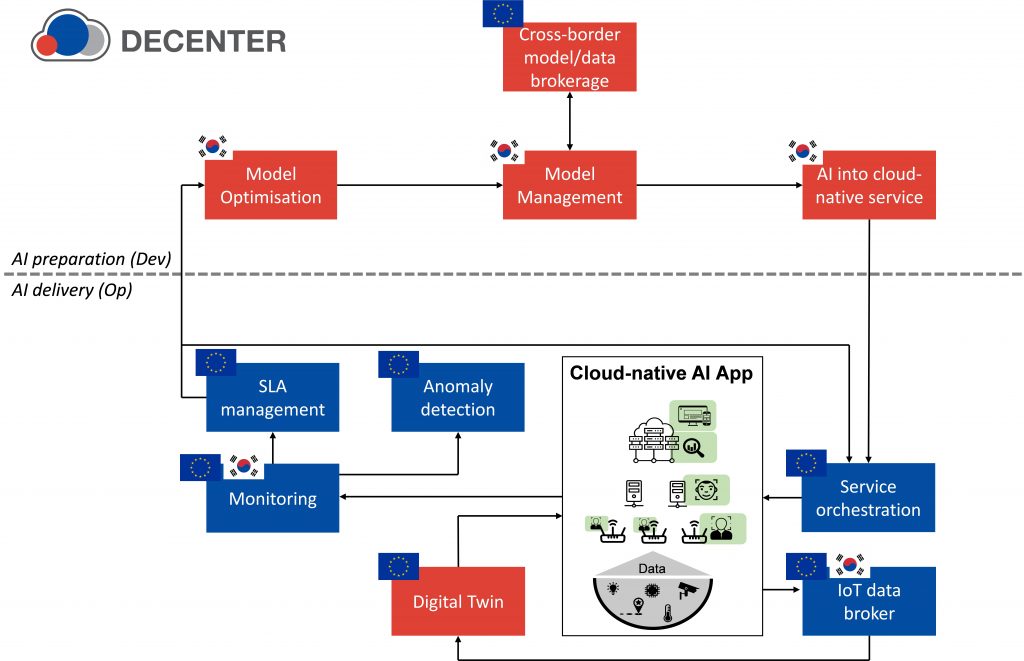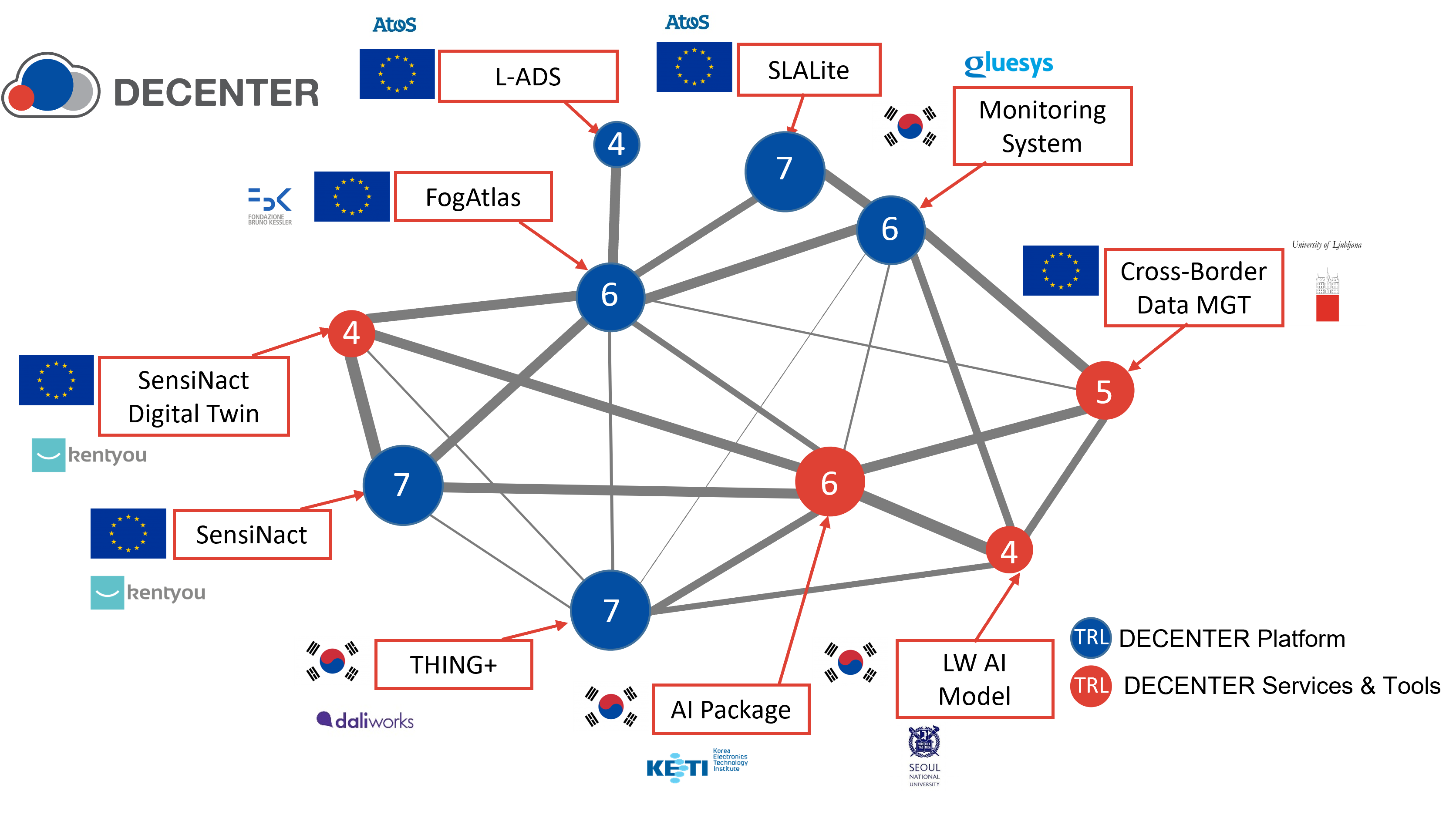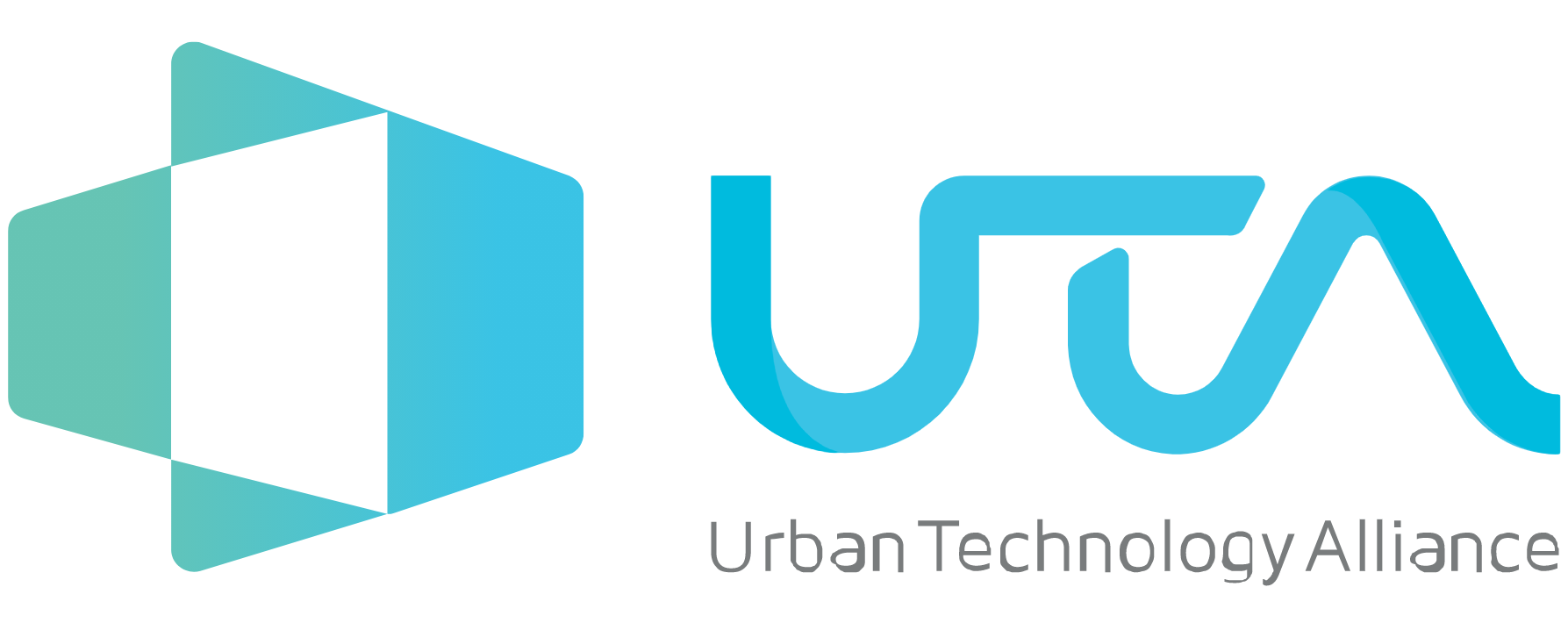The field of Artificial Intelligence (AI) is developing rapidly, with new emerging applications that are filtering down into different critical sectors, such as the digital societies, industry, transports, health. To reduce elaboration time, bandwidth consumption and to alleviate privacy concerns, these applications are being increasingly deployed at the edge of the infrastructure, closer to IoT sensors and devices, where data is originated. While application developers are focused on the accuracy of their model, the completion time or the user experience, infrastructure operators are keener to ensure that the infrastructure – which has limited resources at the edge, with geographically-distributed, sometimes unreliable, heterogeneous devices – can accommodate as many applications as possible, to maximise revenues and active services or minimise costs. These diverging perspectives and goals are hindering the evolution of AI models into elastic services that can be deployed and automated on a wide scale.
DECENTER aimed at filling this gap and delivered a modular solution to create AI-based cloud-native applications and operate them over independent or federated, heterogeneous, cloud-to-edge infrastructures.
In other words, DECENTER has provided platforms, services and tools to transform AI models into applications and manage them, including the data they elaborate and generate, with the same level of complexity of “traditional” cloud services, over an infrastructure that spans from the data centre to resource-constrained nodes located at the edge.

The figure above shows the workflow, in terms of functions, envisioned in DECENTER: the solution provides services and tools (in red) to prepare AI for a cloud-to-edge deployment, that is, it creates a cloud-native application from optimised models, which can also be exchanged and traded among parties. The cloud-native application is then orchestrated by means of platforms (in blue) into the cloud-to-edge continuum. Data is brokered by means of IoT platforms, which are transformed into knowledge bases with digital twin functionalities sharing data and inference results across applications. Deployed AI applications are constantly monitored to check for potential anomalies and to ensure that Service Level Agreements (SLAs) are respected, while optimising the utilisation of the infrastructure. The figure also shows if the function has been developed mainly in Europe or in Korea.
The technologies proposed by DECENTER are paving the way to the introduction of novel services for industry, civil society and general public. With its use cases, DECENTER demonstrated how AI can be deployed and automated in critical cloud-to-edge scenarios, such as smart cities, robotics logistics, construction sites and ambient intelligence, in order to reduce time to react to events, increase privacy and optimise costs.
The following picture show the interconnections among the components created during the DECENTER project, and the overall maturity of the platform.

Legend:
- For each component, the number shown in the circle correspond to the component TRL (Technology Readiness Level – link: https://ec.europa.eu/research/participants/data/ref/h2020/wp/2014_2015/annexes/h2020-wp1415-annex-g-trl_en.pdf ) at the end of the project.
- The size of the connection between the circles corresponds to the level of integration between components (Integration Readiness Level – Sauser, Brian & Verma, Dinesh & Ramirez-Marquez, Jose & Gove, Ryan. (0002). From TRL to SRL: The concept of systems readiness levels. Conference on Systems Engineering Research link: https://www.researchgate.net/publication/228652562_From_TRL_to_SRL_The_concept_of_systems_readiness_levels ).
Fog Computing Platform to orchestrate Cloud-to-Edge resources
DECENTER will design and develop a robust and secure Fog Computing Platform, based on existing Open Source frameworks that provides application-aware orchestration of resources and zero-touch provisioning of Microservices for Artificial Intelligence applications based on their specific requirements and described by means of Quality of Service models.
Blockchain-based framework fostering cross-border dynamic binding of resources
DECENTER relies on a framework that catalyses offer and demand for Edge resources. The innovative solution is based on Blockchain to draft and seal Smart Contracts, monitor their fulfillment and grant rewards.
Smarter Internet of Things fabric
DECENTER enriches Internet of Things platforms with more intelligent features able to cope with the data deluge coming from multiple data sources including audio and video capable devices with built-in Artificial Intelligence algorithms for feature extraction, application-aware data filtering reducing impact on the use of the network.
Hybrid decentralised Artificial Intelligence models exploiting DECENTER’s novel infrastructure
DECENTER evolves decentralised Artificial Intelligence models that become possible with a more reactive and flexible resources infrastructure, unlocking a huge potential for innovative applications. Among others, this innovation will address the needs for data locality and time-critical aspects of the Big Data problem.
The table below links the innovations above to the progress achieved in DECENTER realised through a specific architectural component or research (with reference deliverable for further information), offering observations on practical feasibility and multi-scope implementation flexibility.
Service Level Agreement
Define resource models and associated Service Level Agreements for in-border and cross-border services.
Fog Computing platform
Develop a robust multi-tier Fog Computing platform to manage Cloud-to-Edge resources.
Orchestration
Define and implement resource orchestration strategies to satisfy application requirements.
Blockchain & Smart Contracts
Implement Blockchain-based Smart Contracts and probing mechanisms to validate their fulfilment.
Privacy
Define privacy-preserving mechanism for representing users’ context based on Internet of Things data interpretation.
Internet of Things Management
Facilitate interoperable Internet of Things device management in the DECENTER infrastructure.
Artificial Intelligence
Develop hierarchical methods to map Artificial Intelligence algorithms on to the Cloud-to-Things continuum.
Data management
Develop application data management on distributed infrastructure for cross-border Artificial Intelligence.
Integration & Validation
Integrate and validate DECENTER innovations, and demonstrate them in real-world pilots.
Standardisation
Promote the standardisation and industrial application of the DECENTER results.
DECENTER Legacy
As shown in the figure above, the different components developed during the DECENTER project have reached different levels of maturity and integration.
The work of DECENTER will thus be continued at different level, from further research to pre-commercial exploitation, and through future international collaboration.
To sustain the collaboration beyond the project completion, the consortium has selected to organisations in which the partners will continue to contribute and collaborate:

Hipeac is a network of specialist from academia, industry and policy makers. It has a strong expertise in advance computer architecture and computing systems research and development
After several collaboration, DECENTER has joined the organization as a project member. The partners of DECENTER will continue to contribute to this initiative.

The Urban Technology Alliance is a non profit association gathering cities, academics and industrials around Smart City solutions.
The association has a large international presence in both Europe and Korea, but also Japan, US and Canada.